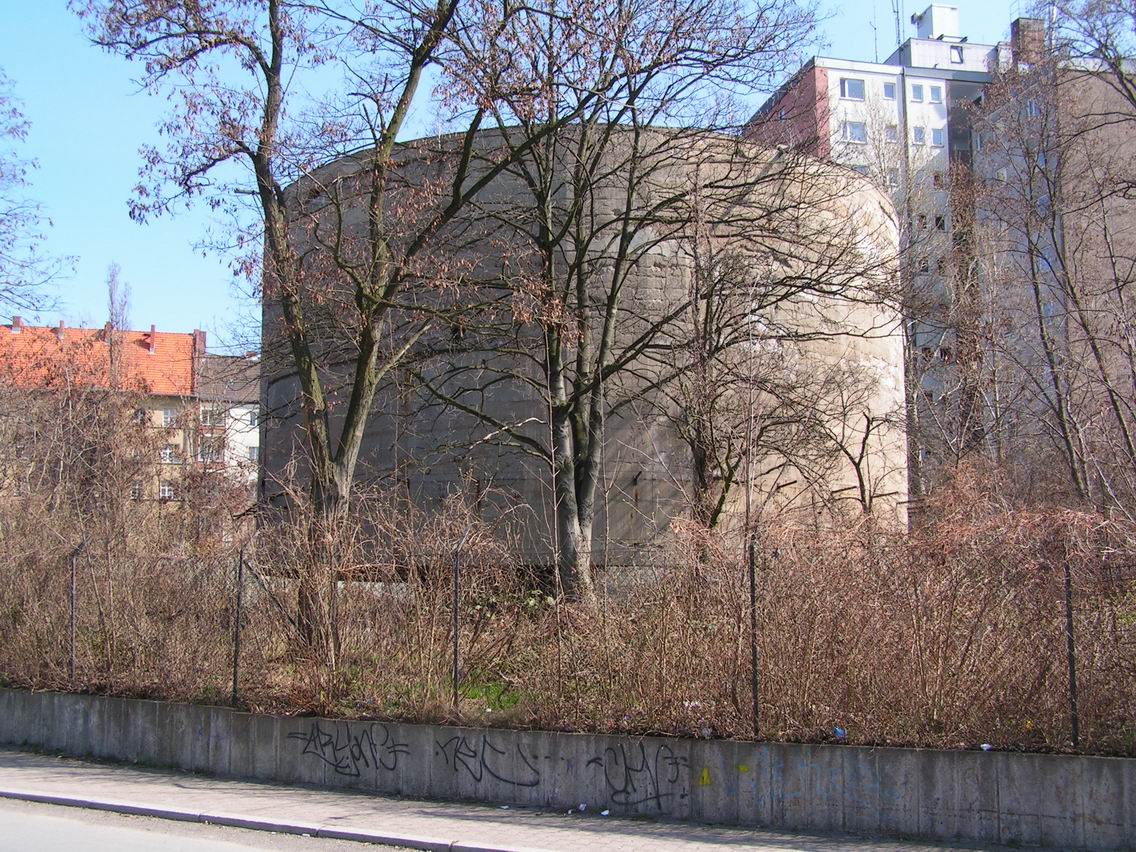The Berliner Dom
The Berliner Dom, or Berlin Cathedral, is interesting in that, like the Kaiser-Wilhelm-Gedächtniskirsche, it is a church that was heavily damaged during the war (Alvis 362). However, it differs in that the damage was not nearly as bad – the church has since been repaired and renovated, whereas the Gedächtniskirsche was intentionally left exposed. Whether this has to do with its location in the East, as opposed to the West, is unclear. Its age is also more comparable to that of the Stadtschloß (Alvis 364).
Services were held in the Dom soon after the spaces inside it were made usable again (363).
Olympiastadion
The Olympiastadion is one of the last and most complete examples of Nazi architecture in Berlin. Constructed for the 1936 Olympic games, where Jesse Owens (of Ohio State) won four Olympic gold medals, the stadium parrots the theories of Speer. Its natural stone facade conceals the concrete reinforcements that would have kept it standing for generations (Das Olympiastadion). While a stone building might have decayed unpredictably, the use of more modern materials in reinforcing it supposedly allow for the ruined building to convey a certain message to those seeing it. But the stadium is still intact, being located on the western edge of Berlin and far removed from much of the fighting.
The stadium is now a covered multi-purpose arena and the home to Hertha BSC, the local representative in the Bundesliga. The stadium covers that now provide shade for fans are a modern addition to the design by architects Albert Speer and Werner March (Das Olympiastadion). Nevertheless, the Olymiastadion is one of the few examples left that shows how the National Socialists envisioned the architecture of their cities.
The Reichstag
The Reichstag is the seat of the Bundestag, or German parliament, and it traces its origins back to the Holy Roman Empire. It fell out of use in 1933, after a famously controversial fire damaged the building, and full restoration was not started until German Reunification in 1990. The building came back into use in 1999 (Wirtz).
The modern building includes several examples of its wear and tear over the 20th century – holes drilled into the masonry during an earlier restoration, postwar Soviet graffiti, a salvaged tunnel, and examples of the original stonework (Wirtz).
The building also contains many examples of modern German art made to represent German culture and history. The Reichstag holds tours and allows the public to watch the governmental procedures, as a part of Germany’s effort to put for governments by and for the people they represent.
Schwerbelastungskörper

The Schwerbelastungskörper.
The Schwerbelastungskörper is the only section of Hitler and Speer’s Triumphal Arch that was ever attempted. The “heavy load test structure,” as it is called, is an attempt to see how the swampy ground of Berlin would – or if it even could – hold the weight of the Arch, which could have fit the Arch in Paris beneath its curve. It is a large drum-like structure that consists of 12,650 tons of concrete, and is apparently still intact today (“Story of Cities #22”).





